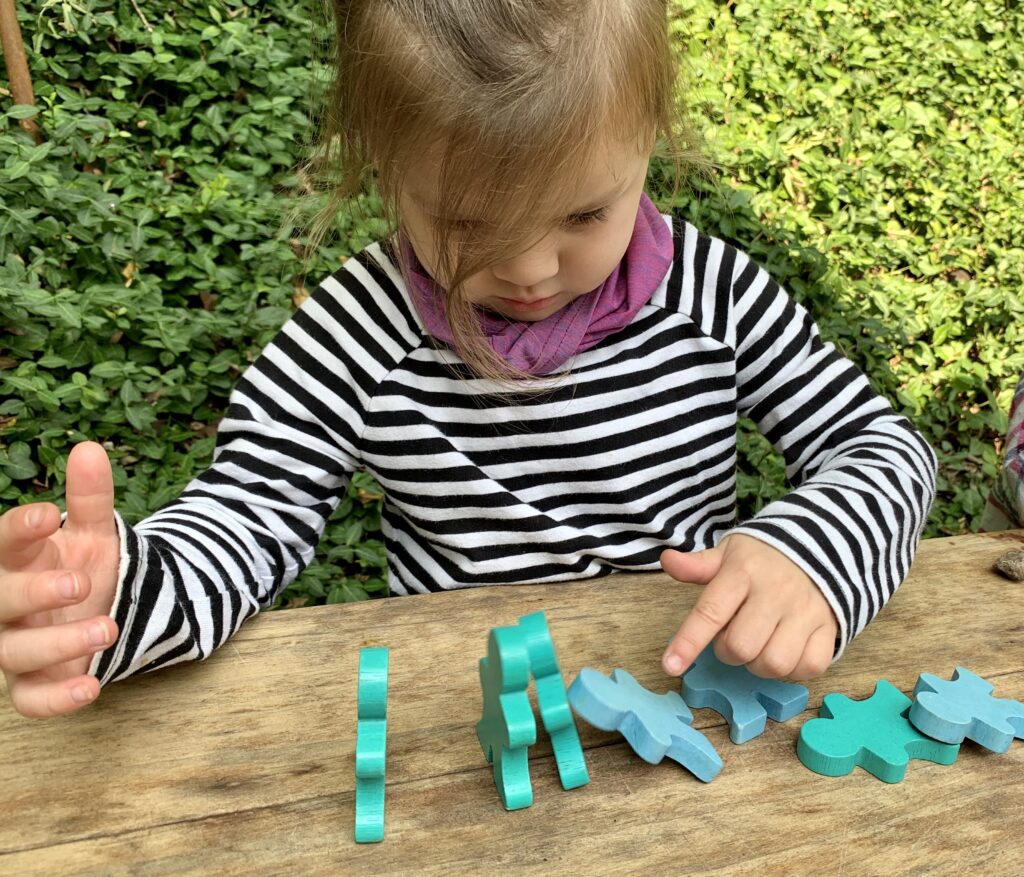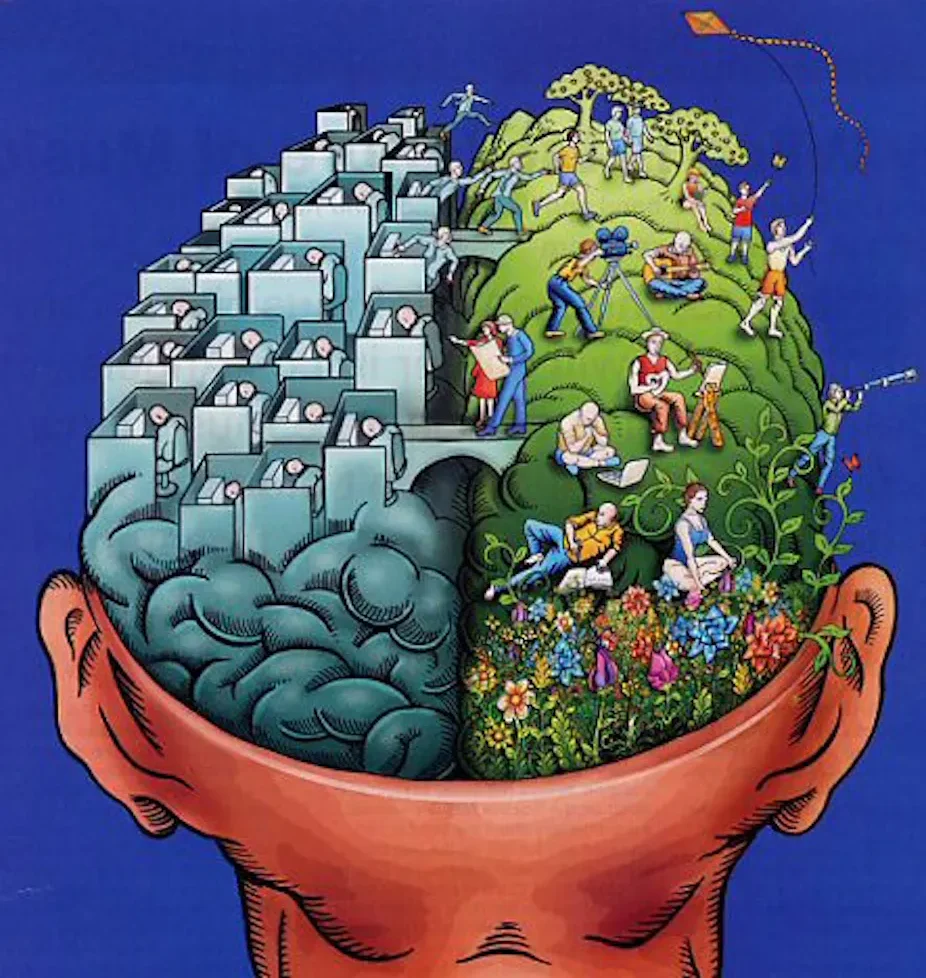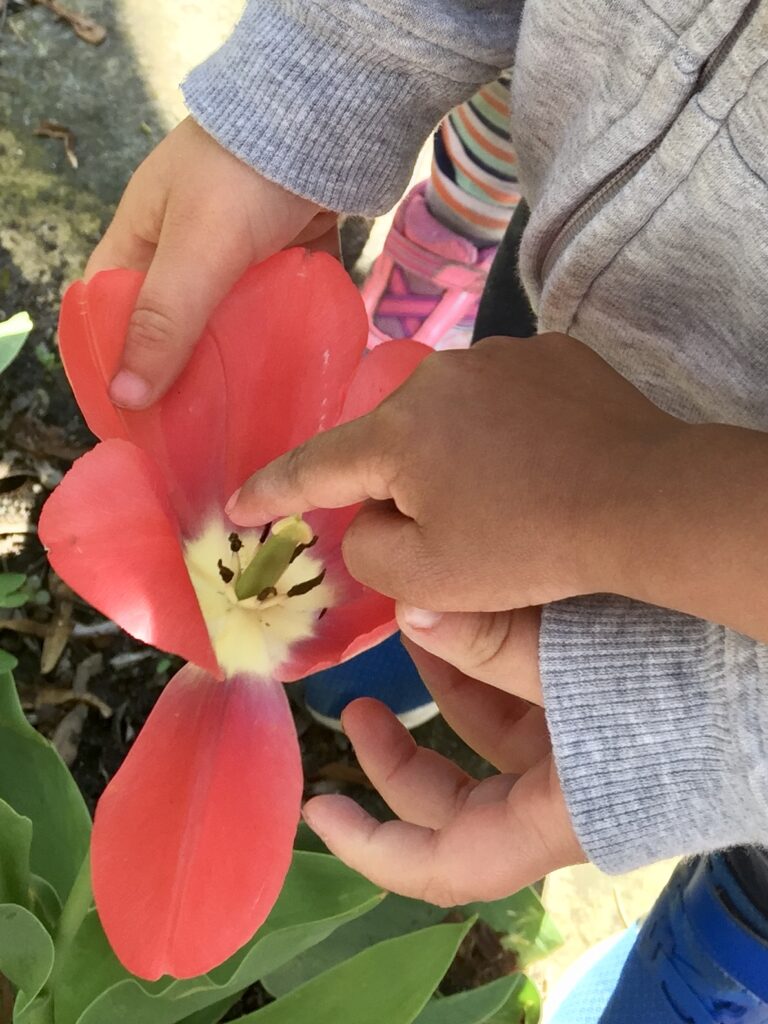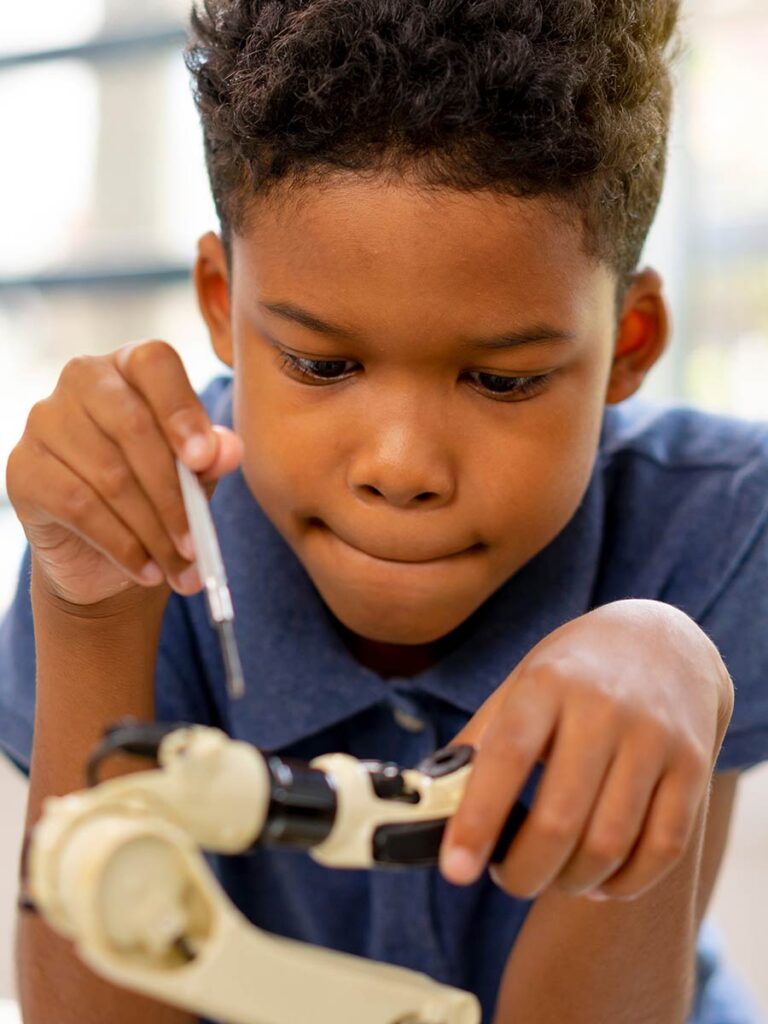The Importance of Play

Kindergarten readiness isn’t just about knowing how to count to 20 or recognize the letters of the alphabet. It's about getting your child ready to learn, not ready to memorize letters and numbers.
Your child will have a new schedule, new rules to follow, lines to stand in and lots of sitting and waiting, along with making new friends. As much as our children need academic skills, they will excel when they are independent, self-controlled and curious learners!

This image of the brain shown above is a brilliant depiction of brain development. Everything that you need to know about kindergarten readiness is right here in this illustration.
The brain develops from the back to the front, from the right side to the left side and from the bottom to the top. Look at the back of the brain on the right side in the illustration. This is where your child's brain development is happening during the first few years of life. Your child is in a garden—learning through the senses—sight, hearing and touch. There are no worksheets, flashcards or letters being printed by tiny hands that aren't ready to hold a pencil.
Instead, the right brain is busily building your child's imagination, creativity and intuition. The right brain is learning and growing as your child plays, relaxes and daydreams.
I like to think of the right brain as recess. We all loved recess! Your child is in the right-brain zone as he or she interacts with friends, collects rocks and engages in creative play while learning how the world works.

If the right brain is like recess, the left brain is like an office. The left brain starts to kick in developmentally around the age of seven. The left brain gives us logic, language, literacy and numeracy: the ABCs and the 123s.
You can't rush brain development. If your child isn't recognizing letters or numbers yet, the brain isn't ready. You can hold up a picture of the number 5 for days on end, but if your child's brain isn't ready, that number will not be retained. When the brain is ready, it will fire up and work like a finely tuned machine.
Give your child five toy animals, however, with instructions to give each animal a home, and your child will grasp this concept immediately. This is hands-on learning. This is one-to-one correspondence. We call this number sense, which is deeper and more important than number recognition.
Research tells us that children learn best through play!

The bridges that connect the right brain and left brain are called synapses. What your child learns through creative play will help build these bridges—and these bridges will, in turn, carry right-brain skills such as creativity and problem-solving over to the left side of the brain to help with tasks such as learning ABCs and 123s.
We know that parents worry about kindergarten readiness. In our Ready Child blog, we often remind concerned parents that what looks like simple play is actually learning: Children are building important math, science, language and social-emotional skills while playing with a basket of plastic animals or stacking rocks.

Here's the good news: Play is returning to our classrooms. The research reminds us that our children's brains develop through play.
Play really will prepare them for the left-brain aspects of life. If children haven't yet exhibited any interest in writing their names or counting to 20, take a step back and take a deep breath. There's plenty of time for young children to master more advanced tasks.
For now, they get to play and develop a foundation for those concepts while having fun.
Check out our Find An Activity page to learn more about the art of playful learning!